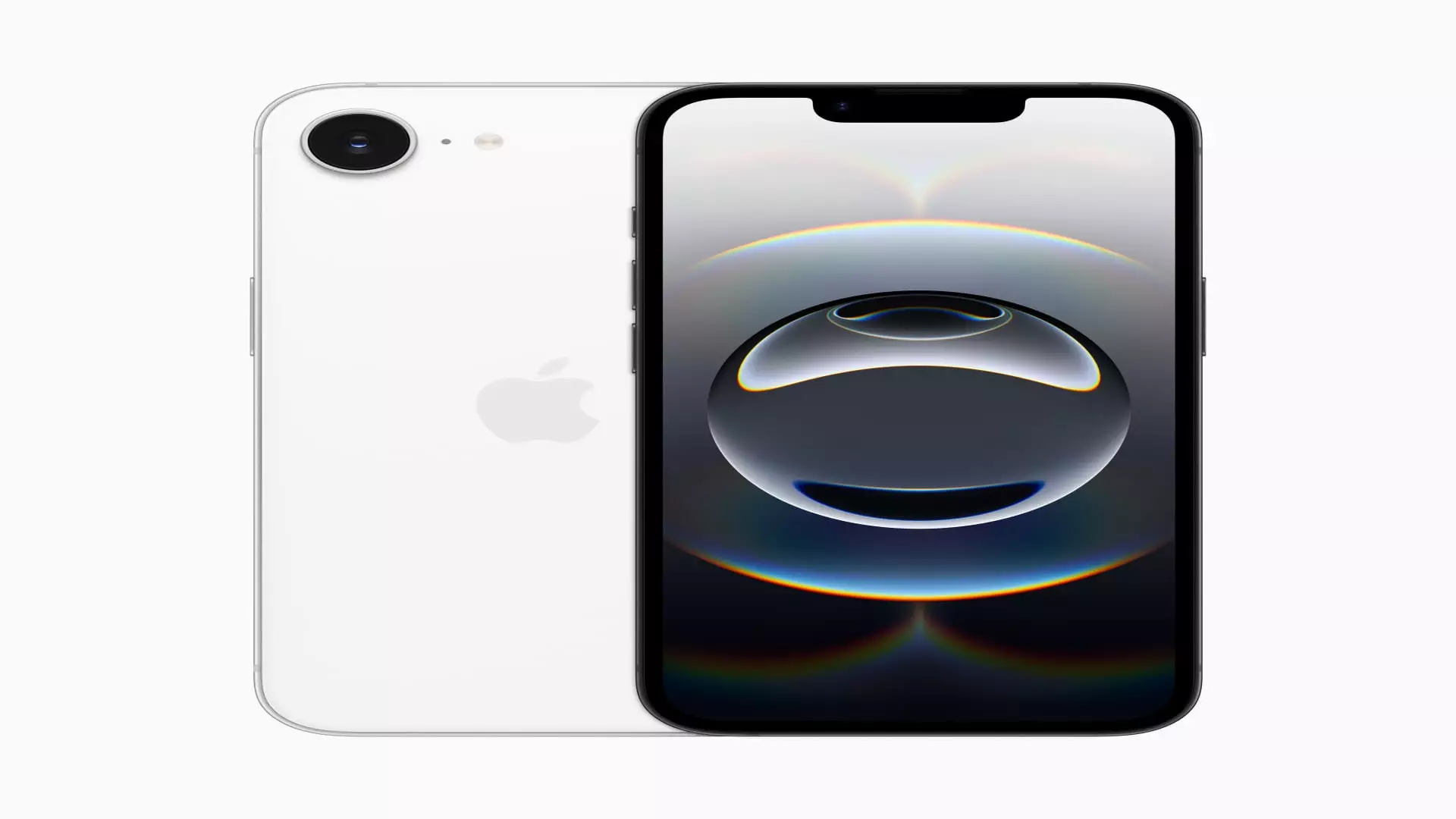In recent years, the landscape of smartphone security has been significantly reshaped by advancements in biometric technology. With the recent launch of the iPhone 16e, Apple is momentarily turning away from the well-known fingerprint scanning technology, known as Touch ID, to emphasize facial recognition, or Face ID, as the primary security feature. This article delves into the implications of this shift, the reasons behind it, and what the future might hold for biometric authentication in smartphones.
The Case for Facial Recognition
Facial recognition technology, epitomized by Apple’s Face ID, presents a host of benefits that appeal to modern consumers. Joe Palmer, the chief innovation officer at iProov, emphasizes that the convenience of unlocking a phone through facial recognition adds value to our daily lives. Considering that individuals frequently unlock their phones numerous times a day, even a fleeting second saved per unlock translates to significant time saved over weeks and months. Apple’s investment in refining this technology speaks volumes about their strategy to enhance user experience while reaffirming their commitment to innovation.
Moreover, Face ID’s adaptability makes it a robust choice. Unlike fingerprint sensors, which may struggle with wet or chapped fingers, facial recognition can accommodate various physical changes and obstacles. It has been engineered to work in a range of conditions—including low light and while wearing accessories like glasses or hats. Such flexibility fosters a user-friendly experience that traditional fingerprint technology struggles to match.
While Apple is currently stepping back from Touch ID in its smartphone line, this technology isn’t entirely shelved. As observed, Touch ID remains a staple in certain iPad models, providing evidence of its continued relevance. Experts predict that Apple may reintroduce fingerprint technology through under-display sensors in future devices. This prospect aligns with a patent granted to Apple for under-display fingerprint scanning, signaling that, although they are focusing on Face ID now, they have not fully abandoned the potential of Touch ID.
This duality in approach might reflect consumer demand for multiple security options. As Palmer notes, people often appreciate having choices. Different situations may call for different biometrics; for example, a user might prefer facial recognition for general access and fingerprint scanning for secure transactions. This flexibility could prove advantageous as Apple navigates its innovation trajectory.
The Design Perspective: Space and Aesthetics
Another significant factor influencing Apple’s dependence on Fac ID is design aesthetics. As smartphones evolve, the trend has favored larger, edge-to-edge screens. The integration of Touch ID typically required physical buttons, which limited screen space. By shifting to Face ID, Apple’s iPhone 16e can feature a more expansive display, providing an immersive experience for users who are increasingly valuing aesthetics and functionality.
The decision to remove the home button is not merely about aesthetics; it also reflects Apple’s broader strategy of providing devices that harness the latest technological advancements while simplifying design. This move also resonates with consumers’ desires for seamless, uninterrupted interfaces.
Competing Technologies and Future Trends
While Apple’s focus on facial recognition is significant, it is essential to acknowledge the competitive landscape. Android devices widely offer both fingerprint and facial recognition options, ensuring a diverse range of biometric security solutions. Google’s Pixel series, for example, and Samsung’s Galaxy lineup both utilize these technologies effectively, catering to varying consumer preferences.
Despite the rise of facial recognition capabilities, experts acknowledge that fingerprint technology is unlikely to become obsolete. Traditional fingerprint sensors remain cost-effective and practical for many users. D. J. Lee, an academic specializing in electrical and computer engineering, notes the superiority of mature fingerprint technology in terms of reliability and affordability.
Nonetheless, the journey for biometric authentication is fraught with challenges. Each technology has its drawbacks; for instance, facial recognition systems may face scrutiny due to privacy concerns and security vulnerabilities exacerbated by emerging technologies like deepfakes. On the other hand, fingerprint sensors can fail under various everyday conditions.
As the industry progresses, it’s crucial to maintain a balance between security, user convenience, and cost. Alternatives like iris or palm recognition have emerged but face adoption hurdles due to their complexity and expense. Ultimately, as Lee asserts, the future of biometric authentication will likely remain grounded in which methods effectively balance these three criteria.
The evolution of biometric security in smartphones illustrates a balancing act between innovation and practicality. As Apple navigates this complex landscape with the introduction of the iPhone 16e, it remains to be seen how the interplay between facial and fingerprint recognition will shape our digital experiences. While Face ID currently holds the spotlight, the whispers of Touch ID’s return offer an intriguing glimpse into a future where consumers may enjoy the best of both worlds. In this delicate dance of technological progression, one thing is certain: biometric authentication isn’t going anywhere; it’s simply evolving.

